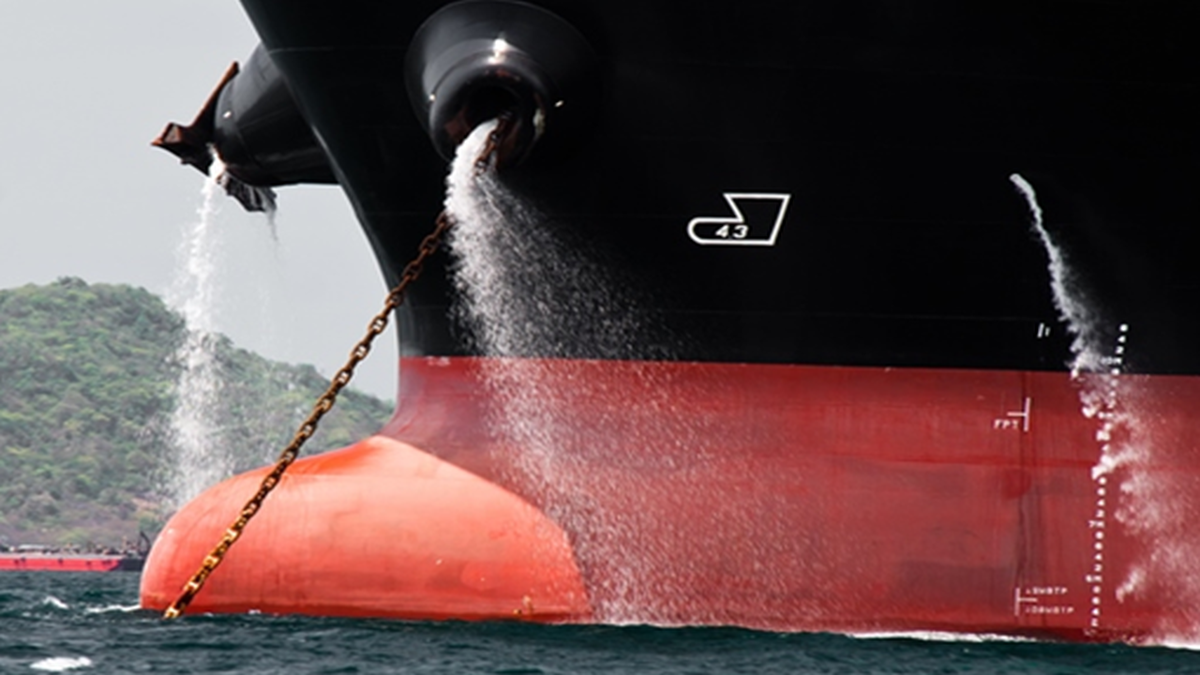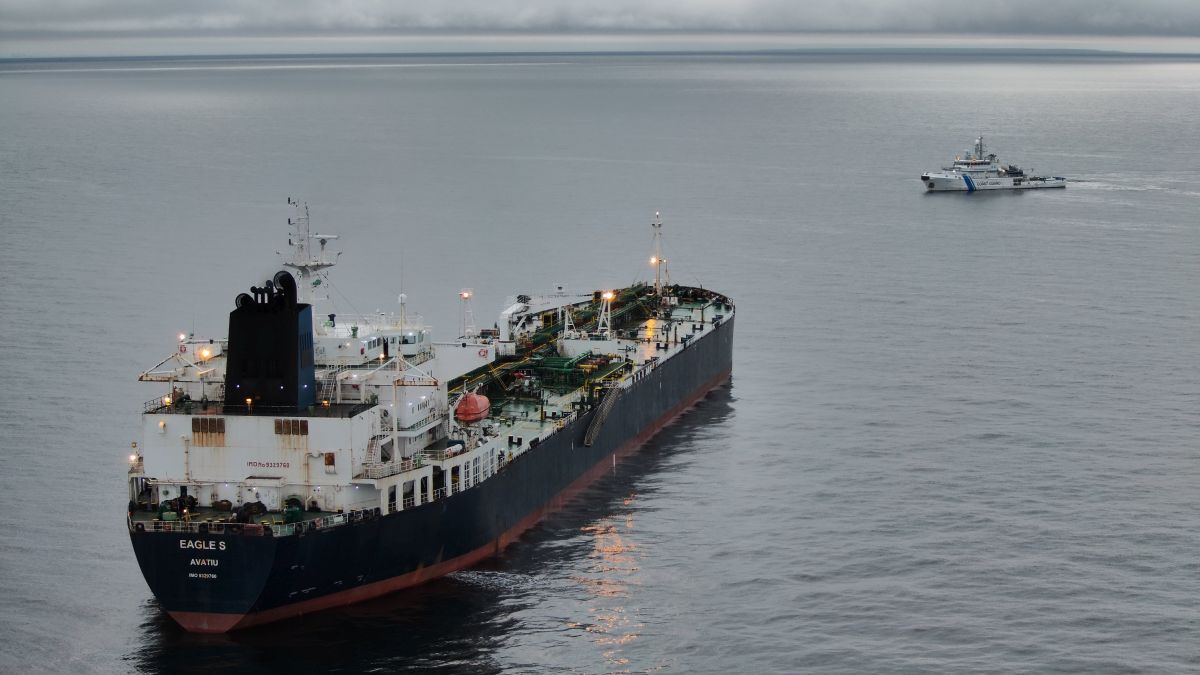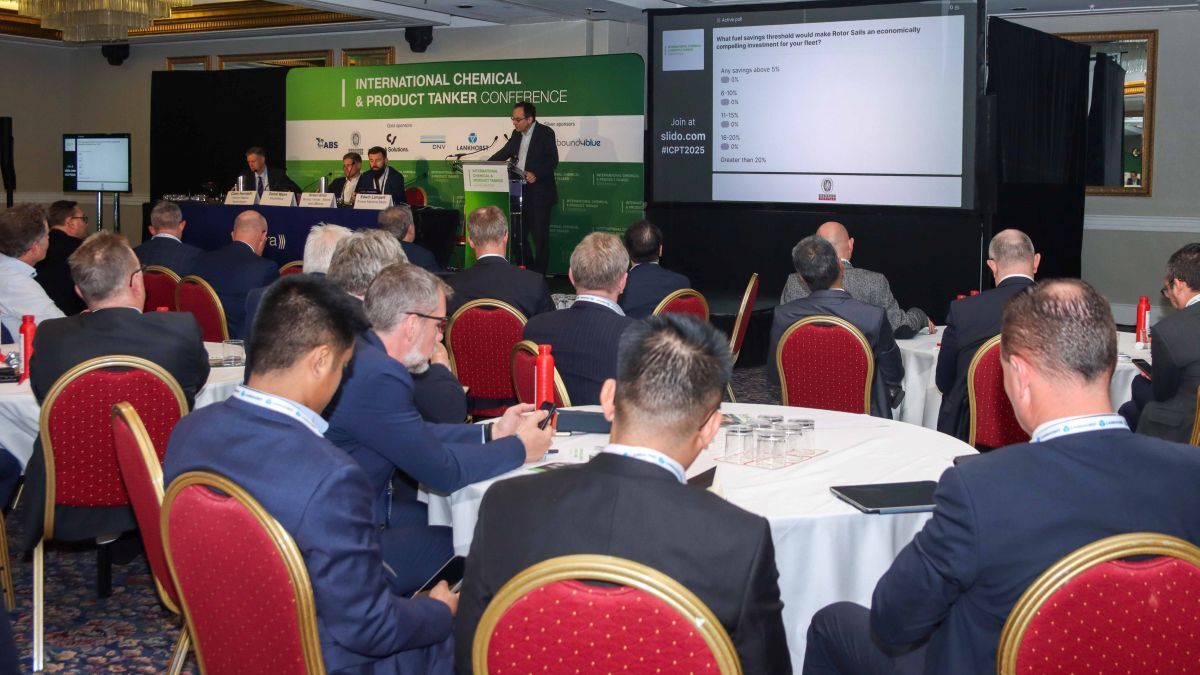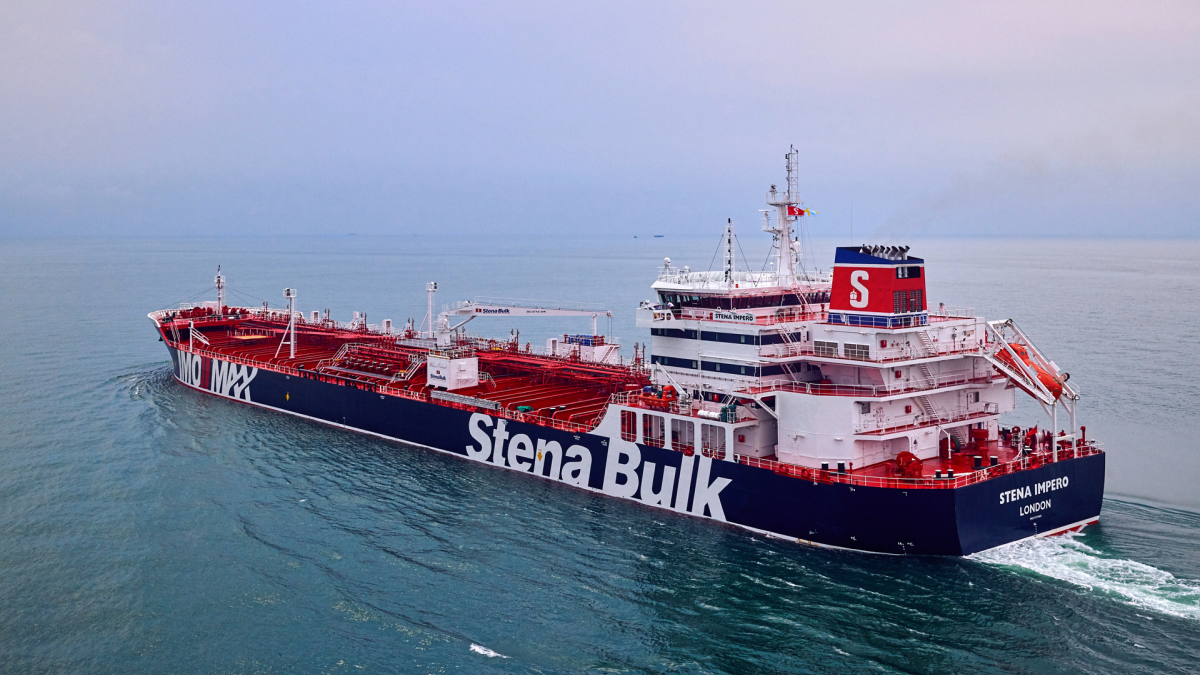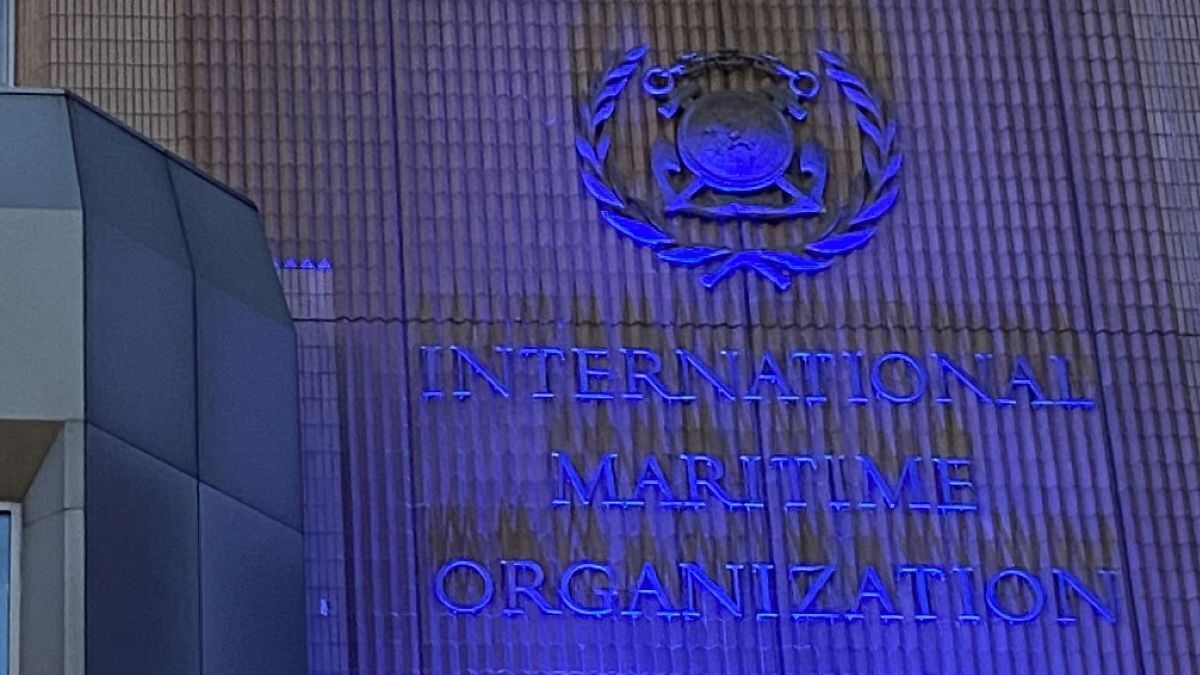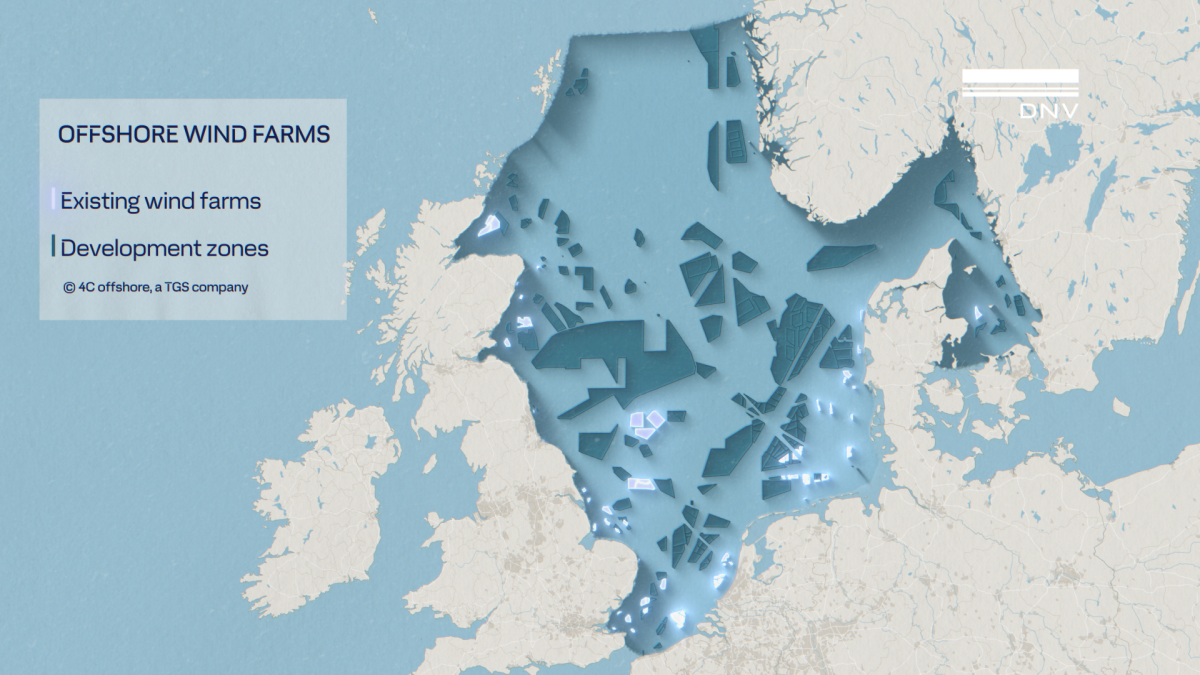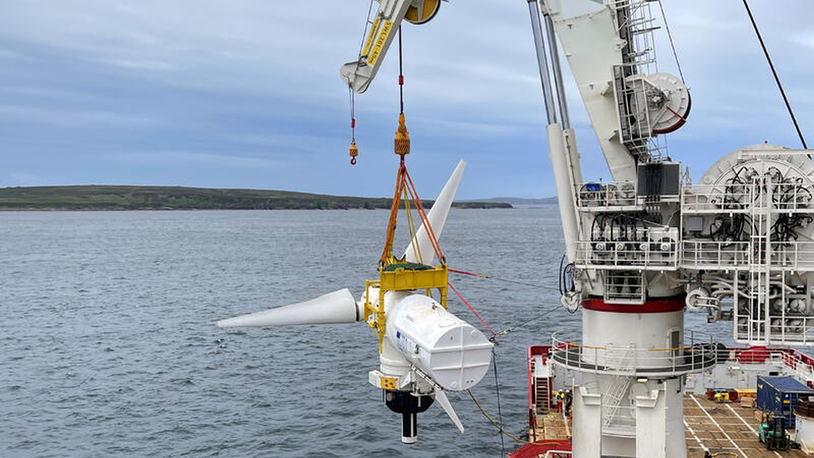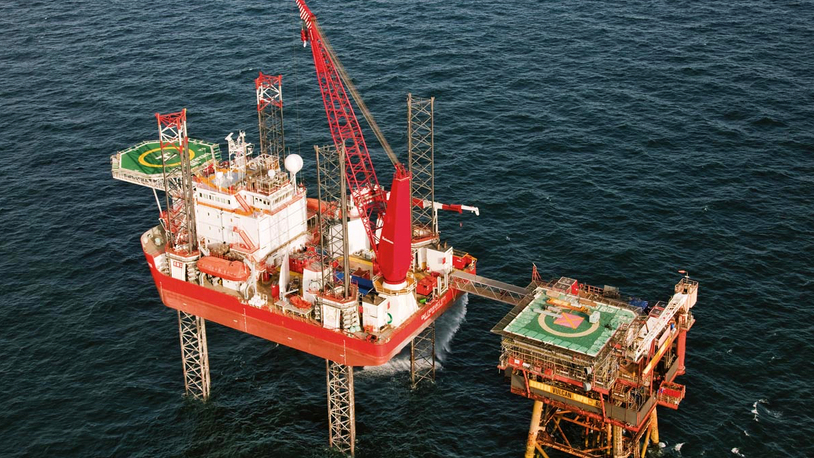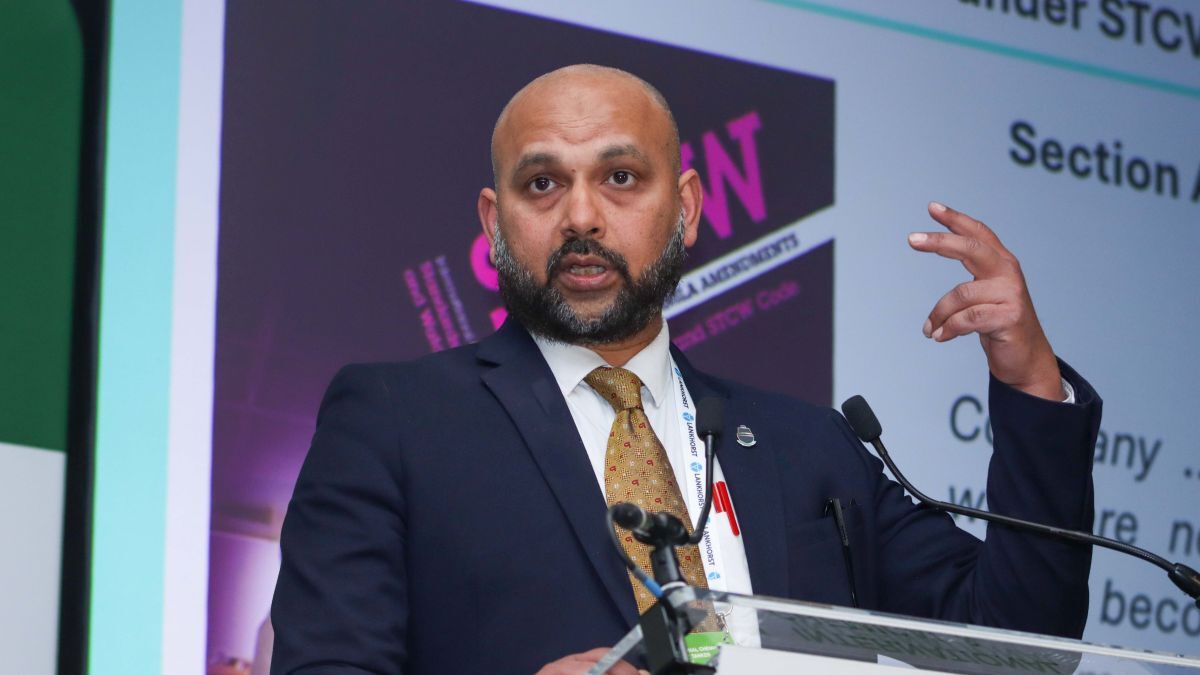Business Sectors
Events
Contents
Register to read more articles.
Techcross produces TRO sensors for turbidity correction
South Korean ballast water treatment system provider Techcross has developed technology that minimises the effect of the turbidity issue when measuring the concentration of total residual oxidant (TRO) in very turbid water
TRO sensors are a method of measuring the level of disinfection efficiency or measuring residual chlorine (oxidant) concentration. These measurements determine the level of electric power to be applied and the amount of neutralising agent used in an electrolytic ballast water treatment system.
Techcross believes the new technology to be a good alternative for ships, especially for customers operating in areas with high turbidity such as Shanghai, China, and for water quality inspection agencies.
This can be supported by the results of the test conducted by Techcross, which showed that measurements can be performed in a very turbid water quality up to 850 NTU with improved treatment results. This is expected to save electricity costs and prevent unnecessary measurement in very turbid water quality.
The new technology is a Techcross original technology that has been applied for patents in South Korea and is currently conducting final performance tests.
It is scheduled to be released to the market by May 2021, after completing the tests required for approval.
When this technology is commercialised, it will broaden the range of options by presenting another alternative to customers who have had difficulty measuring TRO due to turbidity problems.
TRO sensors and alternatives were a particular focus of the BWMS commissioning testing: making it work in practice webinar. Did you miss Ballast Water Webinar Week? Register here to access the event and all the webinars in the Riviera webinar library.
Related to this Story
Events
Maritime Environmental Protection Webinar Week
The illusion of safety: what we're getting wrong about crews, tech, and fatigue
Responsible Ship Recycling Forum 2025
© 2024 Riviera Maritime Media Ltd.


